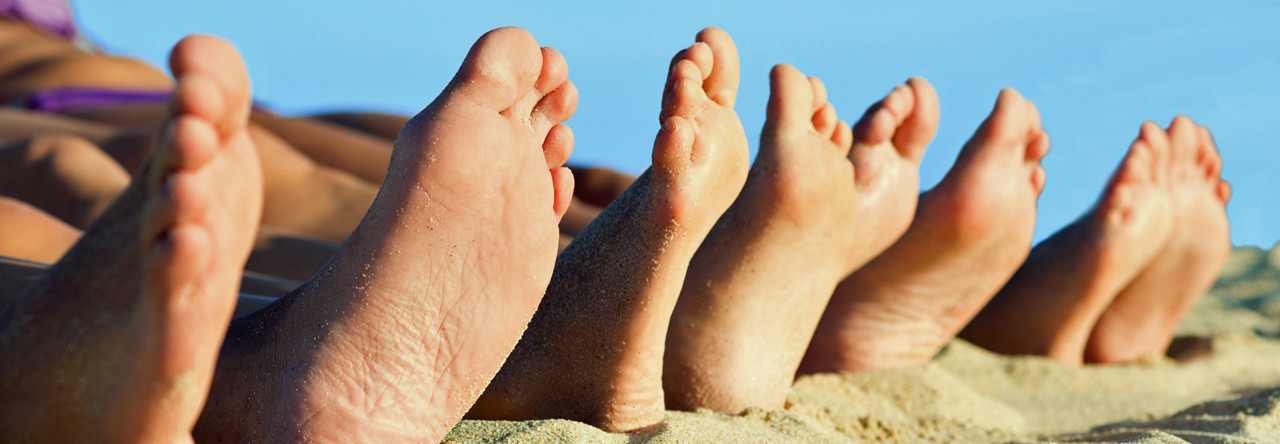Several basic things you already know: size (meaning length) and width (meaning across the ball of the foot). What about depth or girth – meaning from bottom to top? The depth of a shoe is often the difference between a decent fit and a great fit. Certain shoes have been designed to provide more depth than is usually provided. They often have multiple liners built in that allow you to adjust the depth even further.
Another characteristic to look for is the difference between the two types of lace shoes – bal and blucher. “Bals” are stitched across the bottom of the instep (top of the foot) and the two sides are held very close together; however, “bluchers” are designed with a “butterfly” style opening and allow the shoe to open both wider and deeper.
Years ago, there was a standard U.S. “last” and a person shopping for shoes could be measured for both length and width with confidence. Unfortunately, this time has passed. Today, every shoe manufacturer in the world uses their own last and, in most cases, they use several different lasts. Because of this, size measuring devices work only moderately well in determining length and not at all in determining width. Knowing the differences between certain lasts can be vital in fitting shoes.
There is no longer any “standard” width designation that can be counted on. For example, what Florsheim marks as a W fits exactly the same as the styles Florsheim marks 3E, while Hush Puppies W (for men) is actually an E width and their XW is the 3E.
Whenever you attempt to fit an orthotic or arch-support into a shoe, the most important thing to look for is whether or not the style has a removable liner. Without a removable liner, the likelihood of the style being able to accommodate a custom or after-market inserts is very low.
When attempting to fit a foot with any type of deformity (bunion, hammer toes, etc?) it is always best to select a style with as few seams ass possible. A plain-toed shoe will mold itself to the foot much easier and if a seam hits the foot in the wrong place it can cause serious irritation.
Category: Fitting Shoes
Fitting Kids
Even though the life of children’s footwear is short, it is still important that shoes fit properly and provide adequate support. Have your child’s feet measured properly. Not from the shoe stocker at the mall, but a professional that knows what to look for. Try to find a certified pedorothist in your area. Make sure they will be using a Children’s Brannock Device to take the measurements. Also, they should be measured in the seated and upright positions. Measurements can vary from a half size to a full size, depending on position. Their width should also be checked.
Here’s what to look for:
1 Wide toe box for the front part of the foot.
2 Stiff heel.
3 Good arch support. Even sandals need a modicum of arch support. Never, never buy flat soled sandals. Also, clogs, due to their wooden construction, have zero cushioning. The foot is not secured to the clog, placing more stress on the plantar fascia.
4 Look for a thumb’s width between the big toe and the end of the shoe.
5 Properly fit shoes can help your child avoid plantar fasciitis, achilles tendinitis, bunions, and neuromas.
Replace shoes regularly. Every shoe has its limits. Everyday shoes can last 100 to 200 miles. Better shoes can last 400 miles. Remember, if your kids are active, the miles tick by quicker than you think. Care for their feet and their feet will take care of them……..
